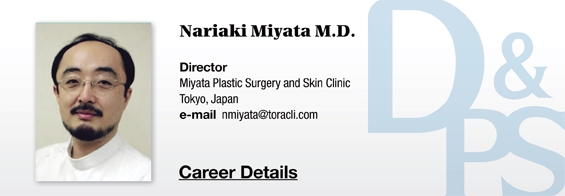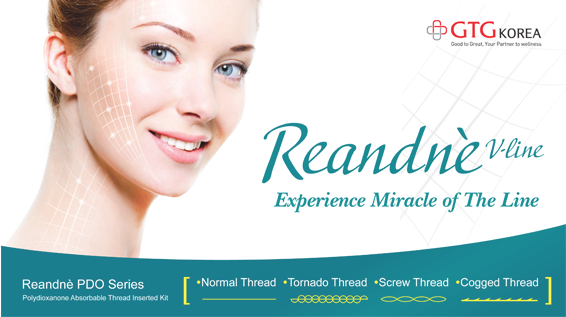
In Japan, melasma treatment is in high demand and there are a wide variety of treatments available. In the rest of Asia, laser toning with little downtime is commonly used for melasma but the trends are a little different in Japan. Many doctors do use laser toning in melasma, however, the common belief is that it is undesirable to start laser toning without accurate diagnosis of melasma. Repeating laser toning treatments without proper diagnosis can result in hyperpigmentation or hypopigmentation.
This is reported in many studies. It takes a very long time to resolve hypopigmentation, for which there are no effective treatments currently. Renowned plastic surgeons with expertise in laser therapy are speaking up against the dangers of hasty use of laser toning. Generally, accurate diagnosis followed by high-precision irradiation of Q-switched laser is recommended. Complete clearing of melasma lesions is possible with this method.
Various types of melasma coexist in most cases, and there is a strong opinion against uniformly applying laser toning for different types of melasma. In such cases, flash lamp treatments such as IPL (Intense Pulsed Light) is more desirable.
In Japan, IPL was touted as a magical treatment in the media and many non-specialists have ventured into it for profit without necessary knowledge about the parameters, causing many people to be skeptical. Based on such circumstances in Japan, let us take a look at major treatment modalities used in melasma.
[Advertisement] Reandnè Thread Series – Manufacturer: GTG KOREA(www.gtgkorea.com)
Gold Standard of Melasma Treatment in Japan is the Q-switched Ruby Laser.
In melasma, the Q-switched laser is used for localized irradiation. The Q-switched ruby laser was manufactured in Japan and is regarded as the gold standard of melasma treatment. Recently, the Q-switched alexandrite laser devices produced by Cynosure and Syneron-candela are also commonly used.
In small private practices not equipped with various devices, the KTP laser (Nd-YAG laser wavelength converted with Second Harmonic Generation) is commonly used in melasma but the efficacy is inferior to that of the Q-switched ruby laser. It also causes more frequent subcutaneous bleeding. In Japan, the Q-switched ruby laser and alexandrite laser have been established as a standard.
The ruby laser has earned a reputation of having low efficacy as it is a 3 level laser with the oscillation hertz of only 2Hz. However, the ruby laser has a large difference between the melanin and hemoglobin absorption and the most suitable wavelength for treatment of melasma. Toshiba, a large Japanese manufacturer, once was involved with development of a ruby laser. Unfortunately, Toshiba has exited the market due to the rigid regulations on medical products in Japan.
Technology was transferred to another company who is continuing the development and marketing to this day (another manufacturer entered the market at around this time and is still in the market). However, the technology is outdated and it is difficult that these companies will accomplish any real advancements. Another problem is the low irradiation of only 1.25Hz.
-To be continued




















